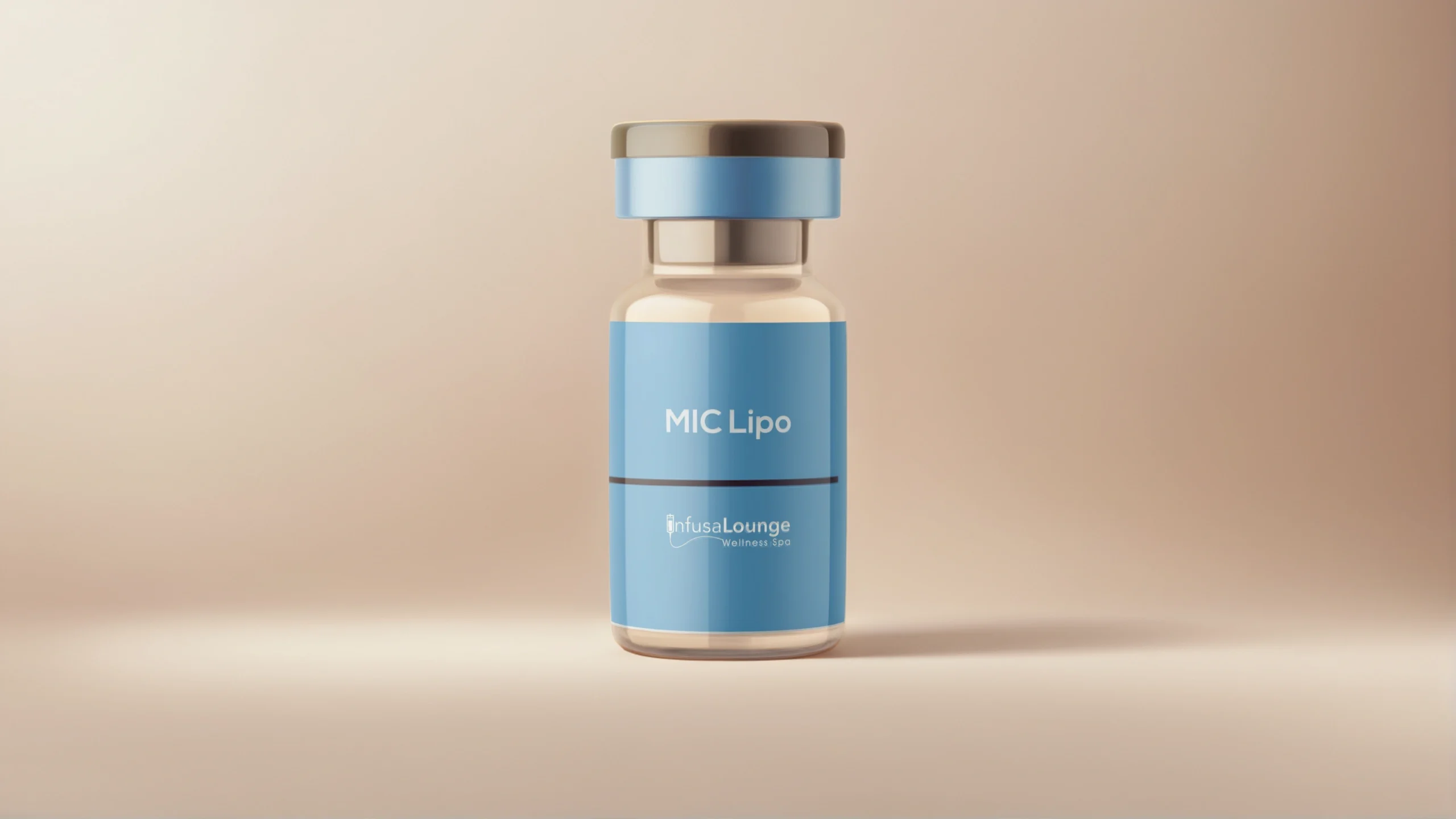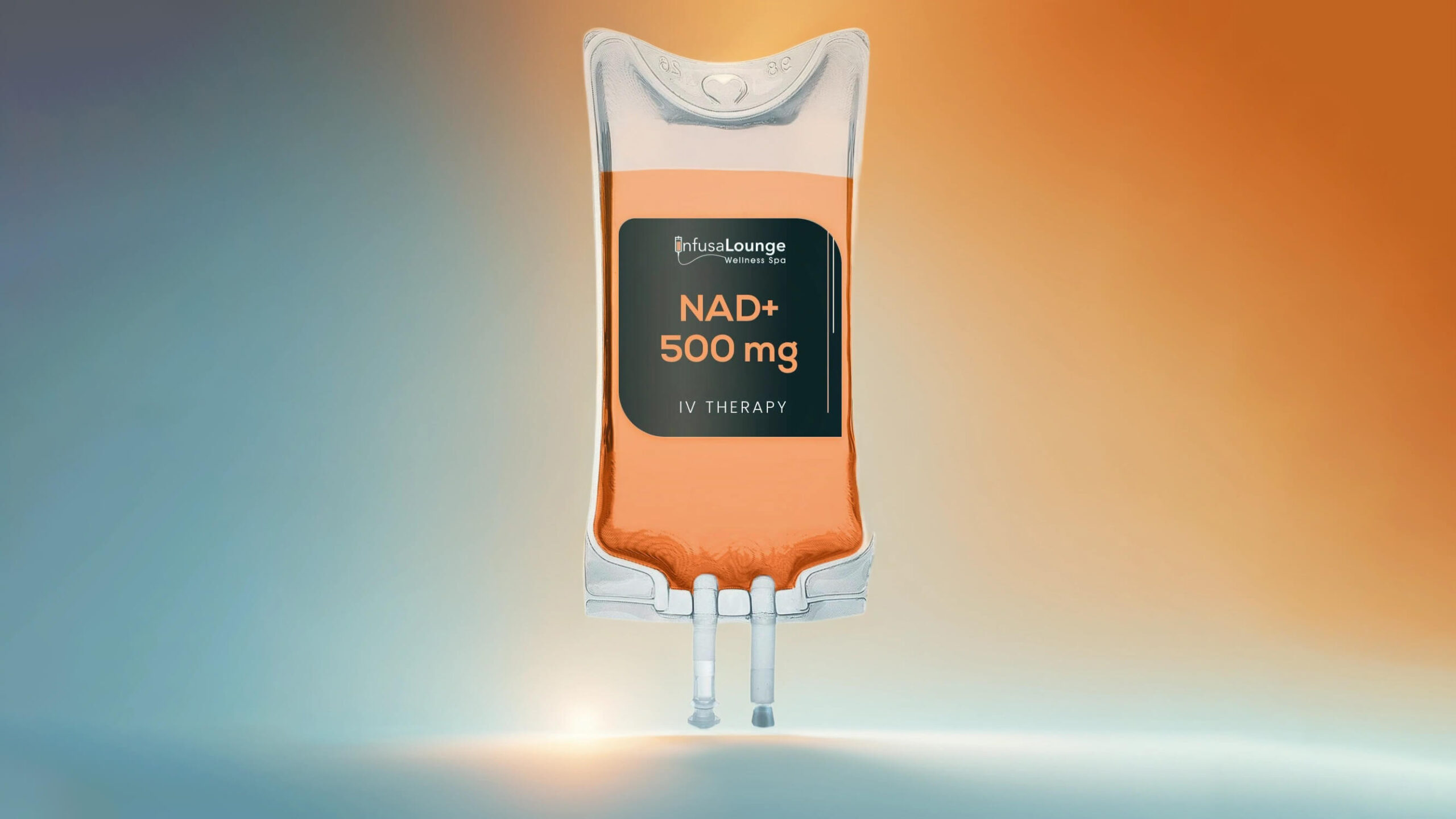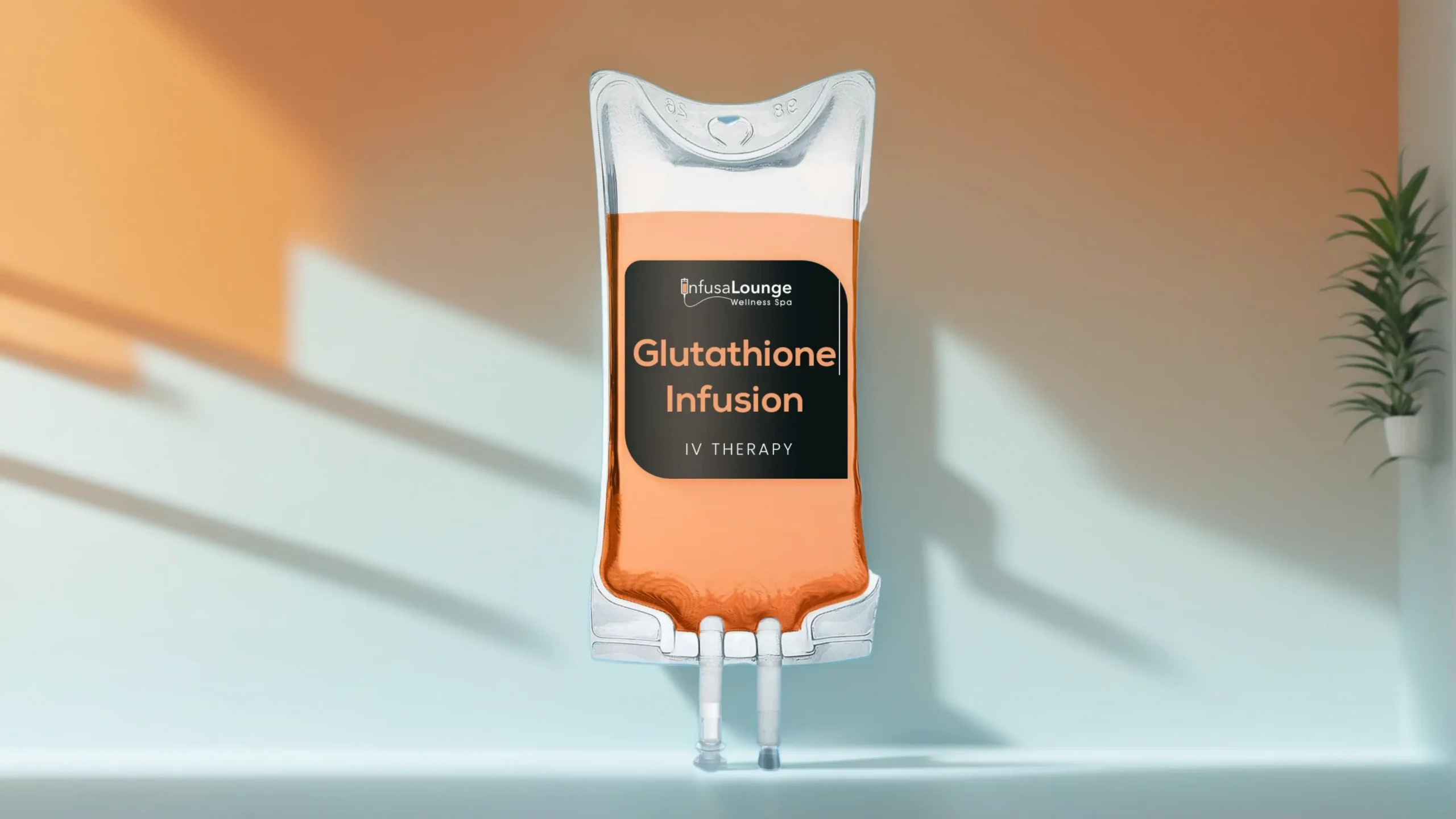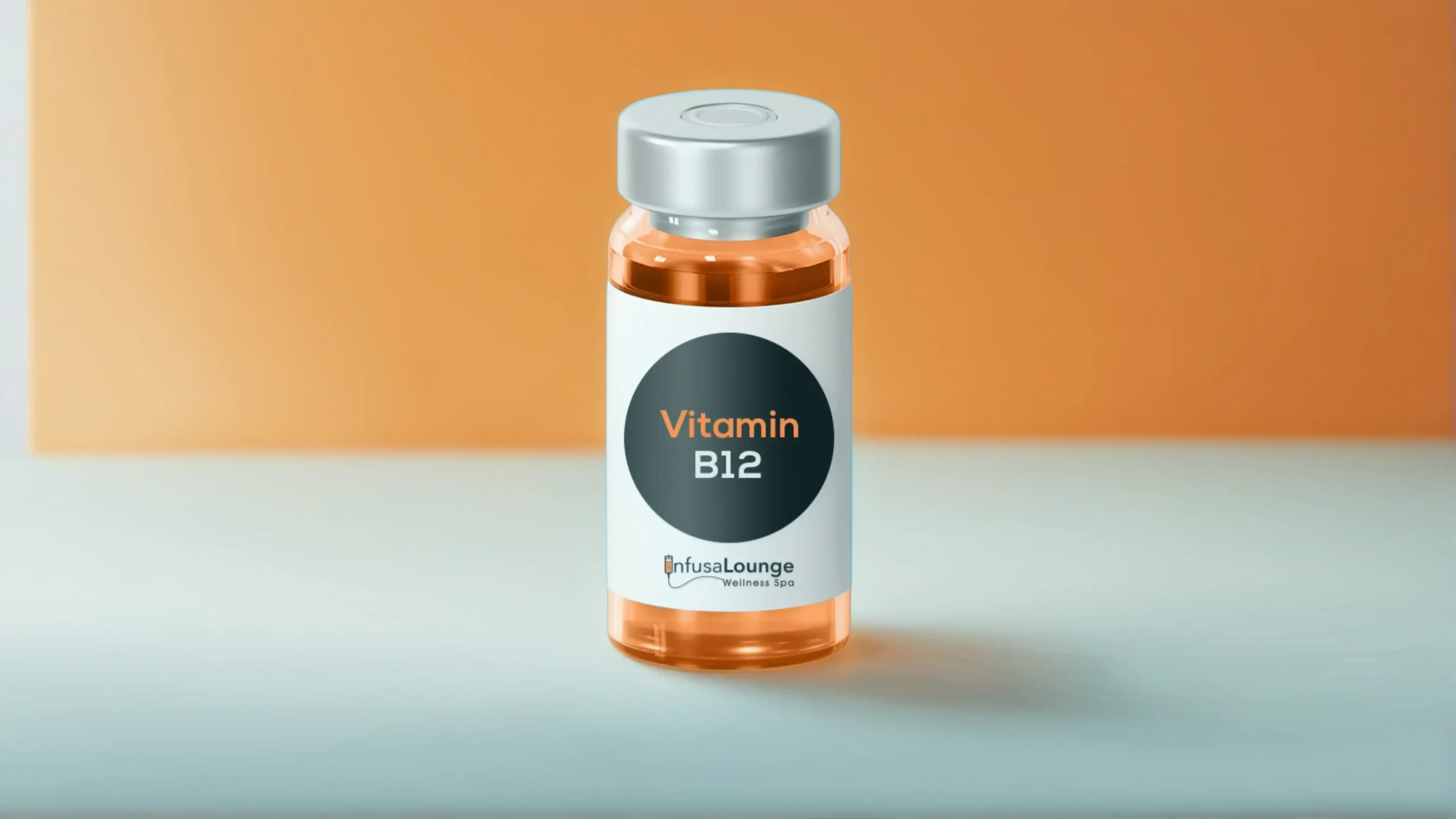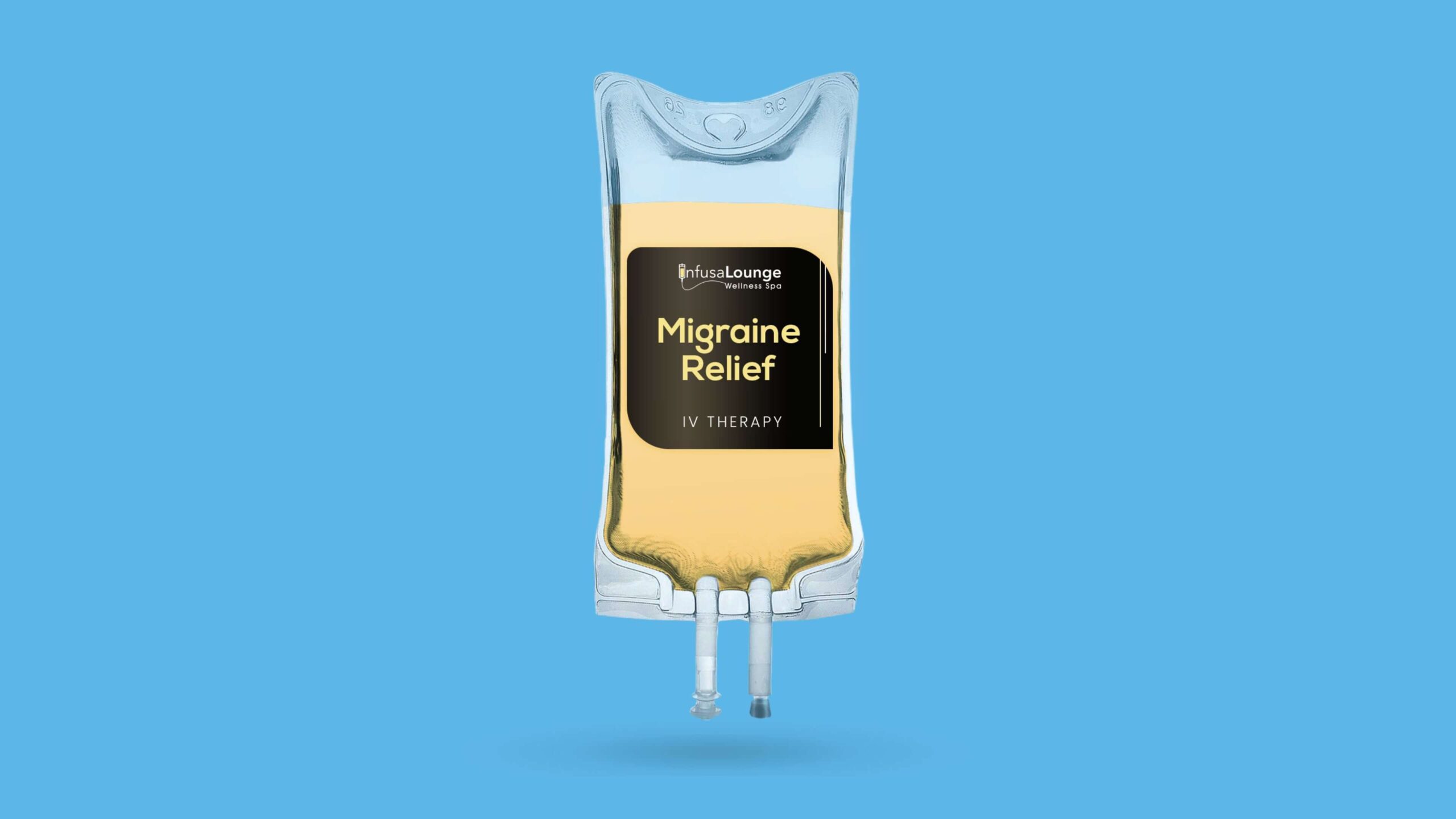NAD+ IV Therapy for Addiction Recovery
Navigating the challenging journey of addiction recovery can feel like climbing a steep, endless mountain. But what if we told you there’s an innovative treatment offering a beacon of hope? NAD IV Therapy has been causing a stir in addiction recovery circles, promising not just hope, but hard science. Get ready to dive deep into this groundbreaking approach and discover how NAD IV Therapy could be the stepping stone towards your successful story of sobriety.
NAD IV therapy has been explored as a potential treatment for addiction, although its effectiveness is still being researched. While some anecdotal evidence suggests positive outcomes, it is crucial to consult with a medical professional or addiction specialist to determine if NAD IV therapy could be a suitable option for your specific needs.
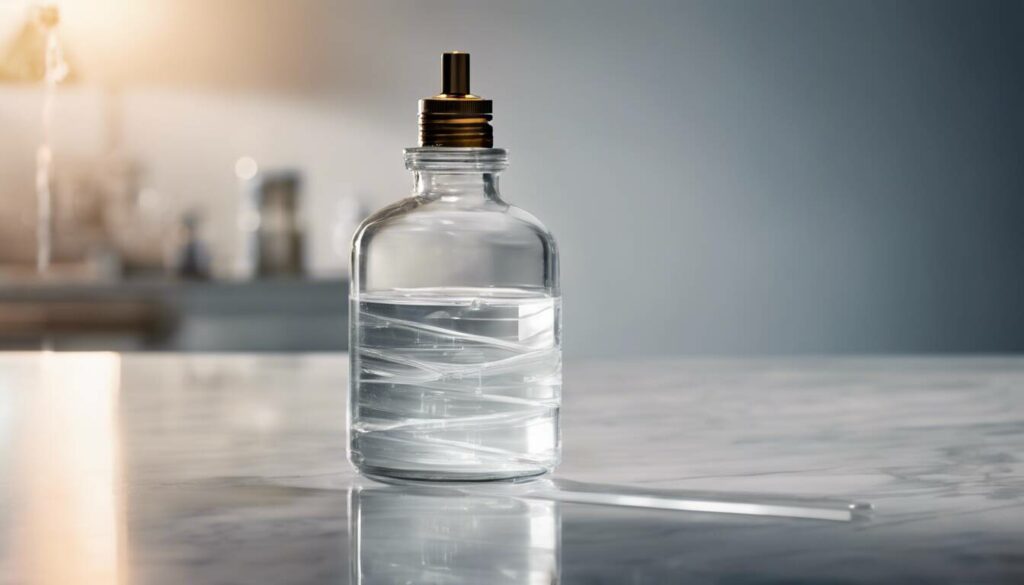
What is NAD IV Therapy for Addiction?
Addiction can be a challenging illness to overcome, with individuals often struggling to quit despite their best efforts. One potential treatment option gaining traction in recent times is NAD IV therapy. NAD – or Nicotinamide Adenine Dinucleotide – is a coenzyme essential for various biological processes in the human body, including metabolism.
NAD IV therapy for addiction typically involves a medically-supervised infusion of the coenzyme directly into the bloodstream via an IV line. This form of therapy is believed by its proponents to be an effective addiction treatment option because it can help reduce cravings and improve withdrawal symptoms.
An individual who undergoes this type of treatment will generally receive daily infusions of high-dose vitamins, minerals, and NAD. Advocates suggest that these compounds may help repair cellular damage caused by drug and alcohol abuse while also enhancing brain function.
The Science Behind NAD IV Therapy
While the idea of using vitamins as an addiction treatment option might seem far-fetched, there’s growing evidence that suggests otherwise. Research has shown that NAD levels can deplete when someone experiences chronic substance abuse, leading to various health complications that range from DNA damage to energy depletion in cells.
NAD plays a critical role in several metabolic pathways responsible for producing energy within our cells. When an individual abuses drugs or alcohol frequently, it damages their cells’ mitochondria resulting in an imbalance of reactive oxygen species (ROS) production leading to increased oxidative stress causing inflammation and subsequent cell death ultimately leading to long-lasting changes in brain circuitry associated with addiction.
Studies reveal that supplementing with NAD can have beneficial effects on various aspects of our physiology concerning addiction and general well-being. It is believed that through the replenishment of NAD levels via NAD IV therapy, clients will experience fewer cravings. Furthermore, they may see improvements in energy, anxiety, depression, and cognition.
NAD can be thought of as the fuel in a car. While a car may have an engine and other parts that work together to power it, it requires fuel to function optimally. Similarly, our body undergoes several metabolic processes that require NAD for optimal performance.
While there remains much to learn about the therapeutic benefits of NAD IV therapy, research suggests that this treatment option could potentially help individuals break free from addiction’s grip. However, it’s important to note that not everyone responds to the therapy in the same way. Therefore, one should only consider this form of treatment under the guidance of a trained addiction specialist.
Having understood what NAD IV therapy is and the science behind using it for addiction treatment let’s now shift our focus on the potential benefits experienced by patients who opt for this type of therapy.
Benefits of NAD IV Therapy for Addiction Treatment
For individuals struggling with addiction, the journey towards recovery can be challenging and overwhelming. Fortunately, scientific advancements in recent years have led to the development of various evidence-based therapies that support recovery. One such therapy is NAD IV Therapy.
NAD+ (nicotinamide adenine dinucleotide) plays a vital role in cellular metabolism. It’s responsible for producing energy within the body’s cells via the mitochondria. Still, it’s also closely linked to substance use disorders – alcohol and drug addiction deplete NAD+ levels rapidly. This reduction can lead to damage to DNA and other molecules that inhibit natural detoxification processes, making recovery even more challenging.
However, NAD IV Therapy is an effective holistic intervention for addiction. It stimulates natural NAD+ production, helping to navigate withdrawal symptoms and cravings. It also helps reduce cravings, alleviate nausea, and manage pain during early withdrawal. Moreover, it increases the likelihood of abstinence and continued sobriety, reducing the chance of relapse.
- NAD IV Therapy is a promising and effective treatment option for individuals struggling with addiction. By stimulating natural NAD+ production, this therapy helps manage withdrawal symptoms, reduce cravings, and increase the chances of long-term sobriety. With scientific advancements like NAD IV Therapy, there is hope for a brighter future in addiction recovery.
Mental and Physical Health Advantages
In addition to aiding addiction recovery directly, NAD IV Therapy provides several significant mental and physical health benefits:
Cognitive Enhancement
The use of drugs or alcohol can impact cognitive functions such as memory retention and processing speed adversely. Restoring sufficient NAD+ levels can improve cognitive functioning by repairing damage to brain cells caused by previous substance abuse.
Anti-Aging Properties
As previously noted, NAD+ is responsible for mitochondrial function, which generates energy in our bodies’ cells. Conversely, low levels of NAD+ have been linked with fragile aging processes across animals from fruit flies to mammals like humans. Therefore, by boosting NAD+ levels through IV therapy, patients may experience anti-aging properties and overall improvement in quality of life.
Improved Cardiovascular Function
NAD+ also helps improve blood flow, particularly in the brain and heart. In this sense, it is an effective therapy for patients with cardiovascular disease and those hoping to reduce their risk of developing such diseases.
Reduced Inflammation
Many clients who receive NAD+ IV Therapy report decreased inflammation throughout their bodies. This effect occurs on both a cellular and systemic level. In reducing inflammation, clients have better immune system function and improved overall health status.
With these myriad of benefits of NAD IV Therapy for addiction recovery is apparent, and it’s no surprise that this therapy has grown in popularity among healthcare professionals seeking new and innovative ways to support patient wellness.
NAD IV Therapy in Holistic Addiction Recovery Programs
NAD IV therapy has been increasingly adopted as a component of holistic therapies for addiction recovery. This form of treatment focuses on treating the patient’s addictive behavior through a holistic approach, addressing all aspects of their physical and mental health.
By utilizing an intravenous infusion of NAD+, the cells in the body are replenished with nutrients, leading to a natural detoxification process that helps rid the body of toxins. This subsequently reduces withdrawal symptoms and cravings, helping to minimize relapse.
Moreover, NAD+ IV therapy has been shown to be beneficial for stress reduction by promoting relaxation and providing therapeutic benefits like increased energy levels, focus, and clarity. The therapy is also used as a precursor for the production of key neurotransmitters such as dopamine, serotonin, and noradrenaline through its role in energy metabolism.
Think of it like charging your phone battery before leaving the house. By going through this process of NAD IV Therapy, we recharge our bodies’ deficient cells leading to a rejuvenated system and aiding effective addiction recovery.
This form of addiction therapy is non-invasive and can be performed safely under the supervision of licensed medical practitioners. Therefore, individuals are likely to experience significantly fewer side effects when compared to traditional treatments like drug or medication-assisted treatments.
Let’s delve further into how NAD IV Therapy fits into comprehensive addiction recovery programs.
NAD IV Therapy as a Part of Comprehensive Recovery
Addiction recovery is not just about stopping addictive behavior; it’s about finding a path that leads to improved mental and physical health in general . Some studies suggest that adding supplements like specific amino acids alongside NAD+ IV infusions may enhance treatment outcomes.
A comprehensive addiction treatment plan aims at treating all aspects related to substance use disorder collectively; this includes tackling underlying mental health issues that could trigger substance abuse. The focus is on improving the patient’s mental state, strengthening their resolve against addiction, and creating an environment that facilitates long-term sobriety. NAD+ therapy is one such approach used with great success in comprehensive treatment plans.
| Benefits of NAD+ IV Therapy in the Recovery Process |
|---|
| Reduces drug cravings and withdrawal symptoms |
| Boosts energy levels and improves mood |
| Improves clarity, focus, and cognitive function |
| Promotes natural detoxification of toxins from the body |
Patients undergoing comprehensive recovery programs are also offered a range of behavioral therapies to help them develop tools for abstinence from drugs or alcohol. The holistic approach encompasses psychological support like cognitive-behavioral therapy, individual or group counseling, and complementary therapies like meditation, yoga, or equine-assisted therapy.
While many believe in the benefits of using NAD+ as part of a comprehensive addiction treatment plan, there are those who opine that it may not be effective in treating all types of addictions. Although research has shown favorable outcomes at reducing cravings and improving mood during withdrawal phase, more studies are needed to establish the long-term effectiveness of this form of treatment.
Is NAD IV Therapy Right For You?
Addiction is a complex mental disorder that requires individualized care. Various therapeutic modalities are available to treat addiction, and it’s essential to examine which regimen is right for you. NAD IV therapy boasts of being an efficient avenue for treating addiction, but is it suitable for everyone?
To answer that question, let’s examine the concept of NAD IV therapy itself. NAD refers to nicotinamide adenine dinucleotide – a molecule found in cells and responsible for converting food into energy. Addiction depletes the levels of NAD in our bodies due to metabolic strain, oxidative stress, and neurological damage. Given the molecule’s importance in cellular metabolism, this depleted state severely hampers our crucial physiological processes.
In general terms, NAD IV therapy replenishes these depleted levels through intravenous administration, but we also need to analyze underlying factors that make someone ideal candidates.
Patient Profile for NAD IV Therapy
Before delving into patient profiles suitable for this treatment modality, let’s first understand the risks associated with it. As with any medical procedure, certain side effects like nausea, vomiting, fatigue, and flushing could occur. Other severe side effects have been recorded but are relatively rare.
- Suitable Candidates:
- Ideal if conventional treatments like behavioral counseling and pharmacotherapy haven’t produced significant results.
- Would be beneficial for patients struggling with depression or anxiety as well.
- Unsuitable Candidates:
- Pregnant women
- Patients with electrolyte imbalances or kidney diseases
- Individuals with bleeding tendencies
- Those on blood-thinning medication like Warfarin
Additionally, candidates battling malignant tumors must tread carefully when considering NAD IV therapy as a potential treatment modality. Pre-existing medical complications must also factor into the decision-making process.
- A 2018 study observed that NAD+ therapy resulted in significant clinical improvement in patients undergoing detoxification for opiates and alcohol, with approximately 90% of patients completing the detoxification process successfully.
- According to research from the National Institute on Drug Abuse, patients receiving NAD IV therapy reported a reduction in cravings for addictive substances by up to 80% after just a few days of treatment.
- A 2017 survey found out that almost 100% of participants who received NAD IV therapy completed their withdrawal phase, and approximately 87% remained abstinence after completion of their individual program.
How NAD IV Therapy Is Administered
NAD IV therapy is a type of drug infusion that involves the intravenous injection of high doses of nicotinamide adenine dinucleotide. The primary goal is to increase the levels of this coenzyme in the body, which aids different metabolic reactions and cellular processes in the body.
But how exactly is NAD IV therapy administered?
The process typically starts with a consultation with your healthcare provider. During this session, you’ll discuss your health history and any underlying conditions or medications you’re currently taking.
Assuming the treatment is suitable, the procedure begins with the placement of an IV line into one of your veins. The healthcare professional would ensure that the needle is inserted correctly before starting the drip, which delivers NAD directly into your bloodstream.
| Parameter | Value |
|---|---|
| Treatment duration | 5 – 10 days (average) |
| Treatment frequency | Daily |
| Dosage | 500-2000 mg |
| Drip rate | 250 ml/hour |
For recovery from a serious addiction, multiple NAD IV therapy sessions are recommended. These would typically occur daily over five to ten days on average. During each session, you’ll rest seated or laying down comfortably while receiving the infusion.
It’s essential to note that only trained medical professionals should administer NAD IV therapy since it requires specific skills and knowledge about drug administration through an IV.
What to Expect from Your NAD IV Therapy Session
It’s natural to have questions as to what happens during a typical NAD IV Therapy session so here are important details.
Before your first session, remember to consume enough water and eat beforehand since most people feel more comfortable on a full stomach. The sessions themselves typically last between three to six hours.
During the session, your healthcare provider would monitor you every 30 minutes and adjust the drip rate based on your reaction, vital signs, and any potential side-effects. You can read about the possible side-effects in the previous section of this article. It’s essential to communicate with your medical health professional throughout the treatment to ensure that the dosage is suitable for you.
Besides feeling relaxed during the IV infusion, some people describe having heightened alertness or increased energy levels during the treatment, although these reactions aren’t universal or guaranteed.
There have been debates concerning the long-term effectiveness and safety of NAD IV therapy in treating addiction. While there is still only anecdotal evidence available, studies are ongoing and suggest that restoring NAD levels may have far-reaching benefits for addiction treatment. Moreover, safer management practices and drug quality control play an essential role in ensuring patient safety during IV therapy.
After completing a session, it’s crucial to rest for a few hours to allow your body to process NAD properly. Typical recovery time is short with most patients returning to work the same day but it’s not uncommon to experience slight discomfort around the injection site.
Possible Side Effects of NAD IV Therapy for Addiction
As with any therapy, there are potential side effects of NAD IV therapy for addiction. Some of the most common ones include, but aren’t limited to: nausea, brain fog, cramping during therapy, redness, tenderness or swelling at the injection site, bruising at the injection site, infection at the injection site (rare), phlebitis (rare), headaches, fatigue, abdominal pain and diarrhea. However, it’s important to note that these side effects typically occur during the infusion process and usually go away shortly thereafter.
It’s also worth mentioning that NAD therapy is safe and effective when dosed and monitored by a medical professional. That said, complications can arise if it’s administered by someone without proper training or experience. Therefore, it’s essential to ensure that you’re getting NAD IV therapy from a licensed and trained healthcare professional.
Another point to consider is that there are other NAD supplementation options available besides IV therapy. These include nasal sprays and oral supplements. Each option has its pros and cons, and ultimately your health provider will help determine which one best suits your situation.
Cost of NAD IV Therapy for Addiction Treatment
The cost of NAD IV therapy for addiction treatment can vary depending on several factors such as dosage requirements and individual needs. In the US, prices range between $250-$1,000 per day of treatment. At InfusaLounge Wellness Spa – where we are known for our NAD therapies – the average cost per day for addiction detox is around $500. It’s important to note that this price does not necessarily include additional costs that may be associated with specific individuals’ care needs.
Suppose you’re considering NAD IV therapy for addiction treatment and are self-paying. In that case, it might be beneficial to inquire about possible payment plans or insurance coverage with the clinic or treatment center you choose. Note that most health insurances do not usually cover NAD IV therapy because it’s considered experimental, but some may cover mental health treatments containing NAD supplements. As a result, you might find good offers for financing if you plan on recovering at an outpatient facility – these are generally more affordable than conventional inpatient rehab centers.
Remember: the cost of NAD IV therapy for addiction detox is a significant investment in your future well-being and livelihood. While the initial price tag might seem steep at first, many patients have reported finding the benefits worth the cost in the long run.
How effective is nad iv therapy in treating addiction?
NAD IV therapy has shown promising results in treating addiction. It helps restore brain function, reduces cravings, and improves overall well-being. Studies have reported a success rate of up to 70% in reducing substance use and relapse rates. However, it is important to note that individual results may vary, and NAD IV therapy should be used as part of a comprehensive addiction treatment plan.
Are there any potential side effects or risks associated with nad iv therapy?
Like any medical treatment, NAD IV therapy may have potential side effects and risks. Common side effects include headache, nausea, and stomach upset. In rare cases, allergic reactions or vein inflammation may occur. However, studies have shown that these side effects are generally mild and well-tolerated. It’s important to note that the overall safety profile of NAD IV therapy is promising, with a low risk of serious adverse events reported.
How long does nad iv therapy typically last and how many sessions are needed?
The duration of NAD IV therapy for addiction can vary depending on individual needs. Typically, a single session lasts around 4-6 hours and multiple sessions are recommended to achieve optimal results. The number of sessions required may vary depending on the severity of addiction and individual response to the treatment. However, research has shown that a treatment course consisting of 10-15 sessions is often effective in reducing cravings, withdrawal symptoms, and promoting overall recovery.
Is nad iv therapy a standalone treatment or is it usually combined with other therapies?
NAD IV therapy is typically used as a complementary treatment alongside other therapies to address addiction. While it can provide significant benefits in terms of reducing withdrawal symptoms and cravings, the comprehensive approach combining therapy, counseling, and support groups has shown to be most effective in achieving long-term recovery. Studies have demonstrated that combining NAD IV therapy with other treatments results in higher success rates compared to using it as a standalone treatment alone.
What specific substances or addictions can nad iv therapy be used for?
NAD IV Therapy has shown promising results in treating a wide range of addictions, including alcohol, opioids, cocaine, and even nicotine. The therapy helps individuals by reducing withdrawal symptoms, cravings, and improving overall brain function. Studies have found that NAD IV therapy can significantly reduce relapse rates and promote long-term recovery. According to a study published in the Journal of Addiction Medicine, 87% of participants who received NAD IV therapy remained abstinent from substances for one year compared to only 43% in the control group.

